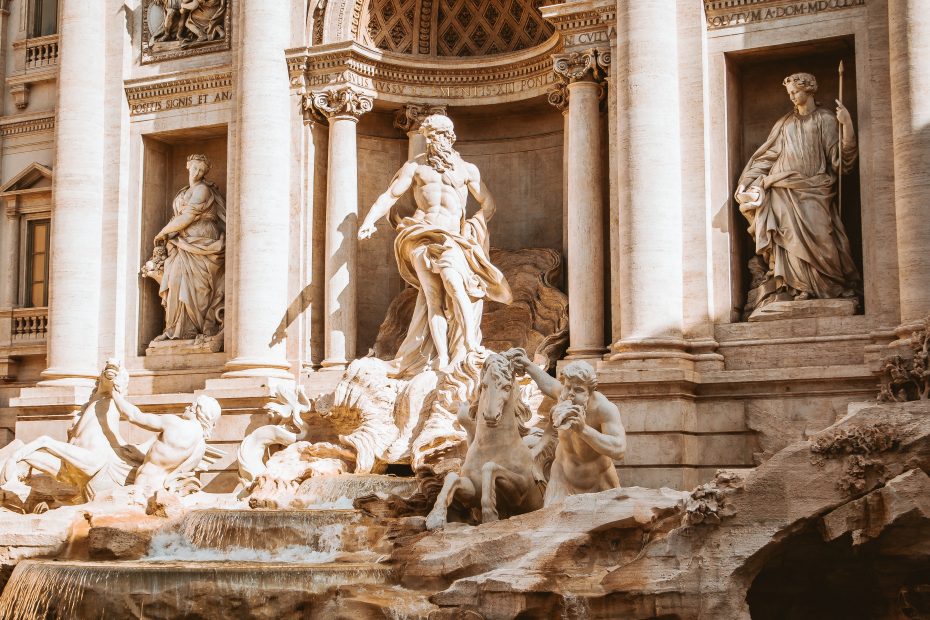Table of Contents
Introduction
Florence, the capital city of Italy’s Tuscany region, is often called the “Cradle of the Renaissance” for its pivotal role in launching the Renaissance era in the 15th century. As the epicenter of this cultural and artistic movement, Florence saw tremendous advances in painting, sculpture, architecture, science and literature. Walking the cobblestone streets of Florence today, it’s easy to visualize the city during its Golden Age, when iconic landmarks like the Duomo and the Uffizi Gallery came to be. Florence emanates beauty, history and creativity around every corner.
Florence’s Art and Architecture
Florence boasts some of the most famous Renaissance landmarks in Italy. The Florence Cathedral, known as the Duomo, is the city’s most iconic structure with its massive red-tiled dome designed by Filippo Brunelleschi. The dome was an engineering marvel when completed in 1436 and still dazzles visitors today. Nearby is the Campanile bell tower and Baptistery with its renowned bronze doors called the “Gates of Paradise.”
Art aficionados flock to the Uffizi Gallery, which houses the world’s finest collection of Italian Renaissance art. Works by da Vinci, Michelangelo, Raphael, Botticelli and Caravaggio line its halls. Don’t miss Botticelli’s iconic “Birth of Venus.” The Accademia Gallery is home to Michelangelo’s magnificent “David” statue.
The Ponte Vecchio is Florence’s most famous bridge, lined with jewelry shops dating back to the 16th century. The Piazza della Signoria is an open-air museum centered around the imposing Palazzo Vecchio.
Culture and Cuisine
Florentine cuisine features fresh seasonal ingredients like tomatoes, beans, artichokes and spinach. Typical dishes include ribollita soup, bistecca alla fiorentina (Florentine steak), and crostini. Florence excels at cafe culture, with locals sipping cappuccinos and enjoying people watching.
Florence is also famous for leatherworks and jewelry. Skilled artisans craft quality leather handbags, belts, jackets, shoes and gloves. Jewelry shops glitter with gold and precious gems. The Ponte Vecchio has long been home to elegant jewelry stores.
Day Trips from Florence
Florence provides easy access to several worthwhile day trips. Pisa, home of the famous Leaning Tower, is just an hour away by train. Visitors can marvel at the precariously tilted bell tower before enjoying Pisa’s architectural treasures.
The hill town of Siena, known for its Gothic architecture and the famous Palio horse race, is only 1.5 hours from Florence by bus. The gorgeous Tuscan countryside calls, including cycling tours through the Chianti wineries.
Shopping in Florence
Florence tempts visitors with endless shopping opportunities. Leather goods, jewelry, clothing, shoes, marbled paper and antiques fill its stores. The Mercato Nuovo and Mercato del Porcellino offer open-air shopping.
For leather, head to workshops in the Santa Croce area to buy quality wallets, bags and jackets. The Via dei Tournabouni contains high-end designer shops. Learn about Florentine paper-making at Piazza del Duomo’s open workshops.
The Ponte Vecchio houses elegant jewelers crafting gold and gemstone pieces. Via dei Calzaiuoli also brims with jewelry shops. Don’t miss il Papiro for marbled paper and stationary.
Nightlife
Florence comes alive at night with cultural events and entertainment. Listen to opera at the Teatro Verdi. Check out Florence nightclubs and bars around Piazza Santa Croce. Enjoy an evening passeggiata (stroll) with the locals around Piazza della Repubblica or across the Ponte Vecchio.
Unwind at cozy wine bars serving Tuscan vintages. Piazza Santo Spirito draws a lively, artsy crowd for drinks al fresco. Or grab an artisanal gelato and go people-watching at Piazza della Signoria. Florence provides endless opportunities for magical evenings out.
Conclusion
With its treasure trove of Renaissance architecture, art and culture, Florence offers a delight for the senses. Wandering its historic streets, it’s easy to see why Florence gave birth to such creative brilliance. Each cafe, museum, market and monument reveals another facet of Florence’s rich past and vibrant present. Whether admiring the Duomo’s famed dome, gazing at Botticelli masterpieces or studying Michelangelo’s David, Florence’s magnificent Renaissance legacy shines. This city truly earns its nickname as the “Cradle of the Renaissance.”
FAQs
What is Florence known for?
Florence is most famous for being the birthplace of the Renaissance in the 1400s and home to iconic Renaissance art and architecture. Major sights include the Florence Cathedral, Uffizi Gallery, Accademia Gallery, Ponte Vecchio and Pitti Palace.
When should I visit Florence?
Spring and fall are ideal times with pleasant weather and fewer crowds. Florence gets hot and crowded in summer. Winter has chilly weather but charming holiday markets and exhibits. Avoid August when many shops and restaurants close.
How many days do I need in Florence?
At least 3 full days allows enough time to see the major sights without feeling rushed. With 4-5 days, you can take day trips and dive deeper into Florence’s museums, churches, food and culture.
What is the weather like in Florence?
Florence has hot, humid summers with temperatures in the 80s°F (27°C). Spring and fall are mild, around 60-70°F (15-21°C). Winters are cool and wet, 40-50°F (4-10°C). Have layers for year-round comfort indoors and out.
What is the best way to see Florence sights?
Walking is the best way to experience historic Florence. Many key sights are concentrated downtown. Take advantage of combo tickets to save on admissions. Book galleries ahead to skip long queues. Guided tours provide context on Florence’s art and history.
